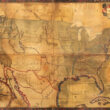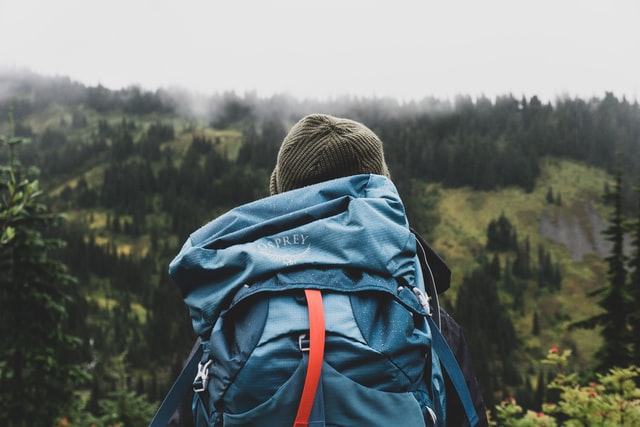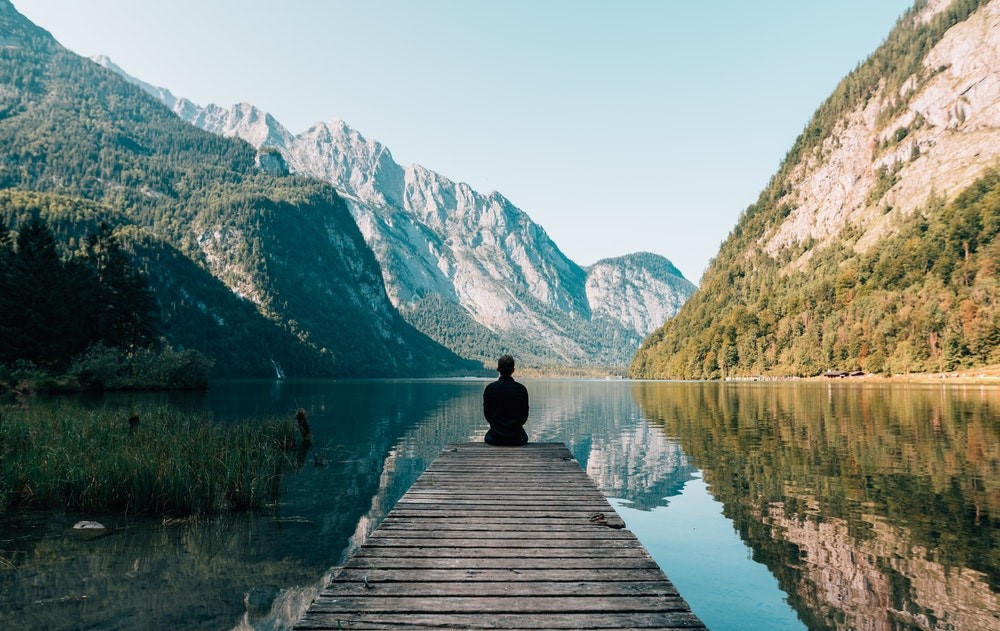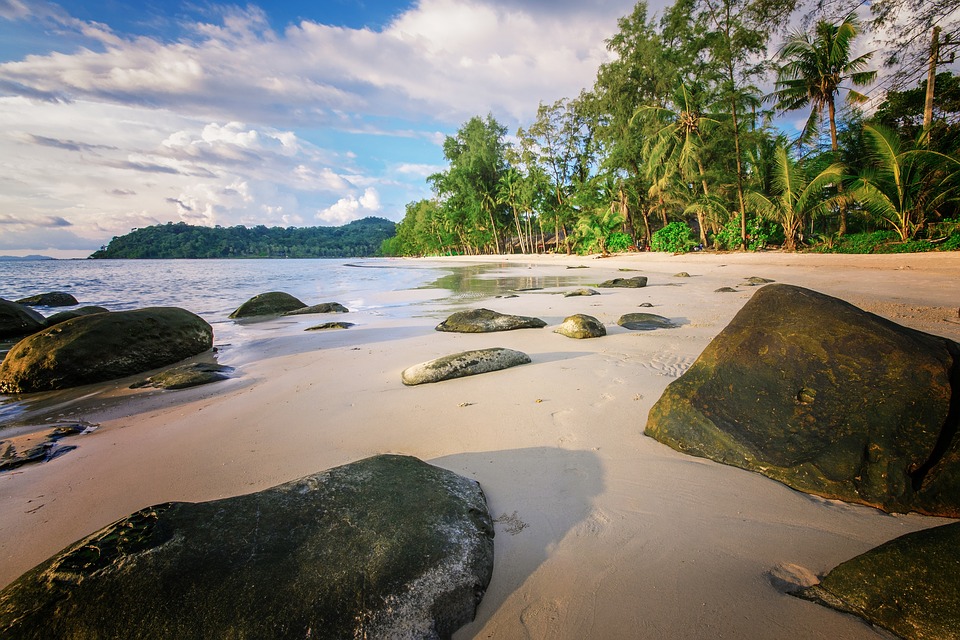A lot of new campers and backpackers look to nature as an escape from technology, seeking solace in going “off the grid” for a few days, removed from anything electronic or high-tech.
And while it’s great to get a natural reset every now and again, technology out on the trail gets a pretty bad rap. Like most things in life, the use of technology is a constant balance, and as long as one does not abuse it, there are many benefits to be had.
Below we look at some of the most useful tech-forward gear available to backpackers today for you to consider for your next trip.
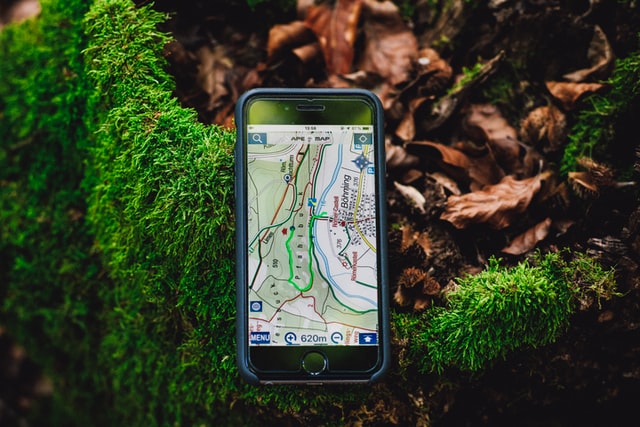
GPS
Tools like Google Maps are so much a part of daily life we cannot imagine going without them. However, backpackers often go where cell towers cannot reach.
One way to stay safe on the trail no matter the lighting and no matter the weather is to invest in tools for navigation that don’t depend on your cellphone signal alone.
Yes, we are talking about GPS. As you probably know, GPS is short for “Global Positioning System,” and it helps you track where you are at any given time.
You could use your phone to a certain degree. However, a dedicated GPS device has a longer battery life, is more dependable in whether you don’t want your phone to get caught in, and is sometimes integrated with a satellite communicator.
Headlamp
This is probably old news to you if you’ve ever been on a mountain trail while the stars are still out. The rougher the trail, the more you need both hands and a good line of sight to your next foothold or handhold.
Just remember a few things while looking for a headlamp. First, battery life is extremely important. You don’t want your headlamp to die on you in the middle of a tricky trail.
Second, the best adjustable headlamps are the ones that switch between “flood,” or wide range, and “spot,” or tight range.
It’s not always brightness that matters, but rather what you can see with the headlamp. And lastly, but no less importantly, a headlamp must be durable enough to take on a rough hike.
Communication
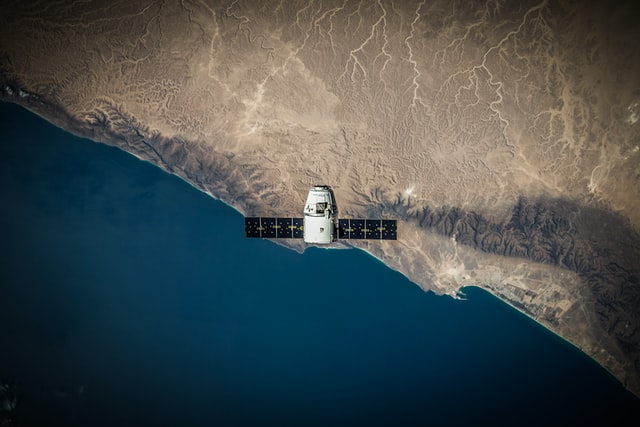
Satellite Communicator
If you can’t use your cellphone for navigation, you definitely can’t use it for communication. On a backpacking trip, especially an extended one, you want to be sure you can still do daily check-ins with your family or with a buddy who knows your hiking plans.
Ideal for an off-the-grid trip is a satellite messenger. Satellite communications use low-orbiting satellite networks to send messages and track your location.
While you might associate satcomms with the military or with hard-core adventurers, the truth is, they’re both more accessible and easier to use for hikers and backpackers at any level.
And they will always be important for getting in touch in a pinch. If you find one integrated with GPS, so much better!
GPS Beacon
If you’ve ever used a satellite communicator, you know that it’s not the easiest tool to use in an emergency. Often, the buttons rival old cell phones for the complexity of typing.
If you are in an emergency, a GPS rescue beacon is a good instrument to carry. Designed to sound an SOS when activated, it will immediately send your location to any connected device, asking for help. So much easier than looking for one letter out of twenty-six in an emergency!
Food and Drink
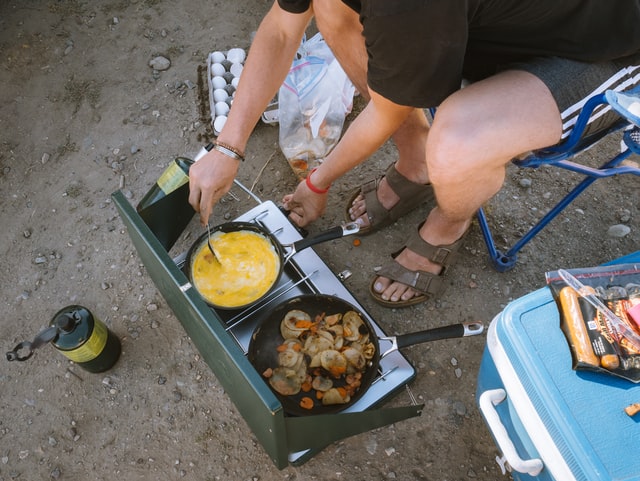
Now that 21st-century technology has taken care of your safety, allow it to take care of your health. Cooking food well and drinking water safety is part of responsible backpacking.
You don’t want to face down indigestion or a stomach upset in the middle of a trail. It’s simply not worth the risk.
UV Light Water Purifier
Still, carrying bulky filters to purify your drinking water? You might want to switch to a UV light water purifier instead.
These pen-sized battery-operated tools kill germs through UV light treatment. Collect water in a bottle, turn on the UV light, and stir the water for one minute. After a minute, you should have purified the water in the bottle.
Of course, this is no substitute for bringing your own water, as much as (or more than) you need. Drinking water purifiers are always a last resort.
Bring backup iodine tablets as well to serve at a pinch. At least you won’t be carrying a larger instrument for water purification, so you won’t be tempted to leave it behind!
Backpacking Stove
Backpacking isn’t all trail mix and pre-packed food. You can live in comfort, even cook some kinds of food from scratch, with the right backpacking stove.
The trick is to plan your luggage with a stove in mind. Think through your camping sites, double-check their cooking policies, and bring along the right stove for you and your company, if you’re traveling with a group.
The right kind of backpacking stove is not too heavy, but it will do what you want it to (boil water, cook a meal). Make sure you know what kind of fuel it needs, just in case you need to bring extra.
You might also need to change the kind of stove depending on the climate of your destination. A backpacking stove also gives you a way to boil water to make it safe for drinking, if anything happens to your water-purifying tools.
Fun and Fallbacks
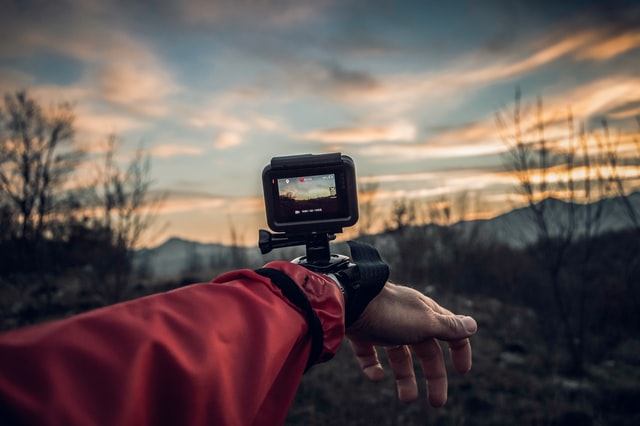
Portable Charger
From fun activities and games such as blockchain games, gopros, and cameras you’ll need a battery source to keep them charged.
We know, as you do, that a lot of our gear is not technology-heavy. The technology and research that went into making them are certainly extensive, but most don’t need charging at a pinch.
That being said, portable chargers and power banks are something you do need to carry. This is also why you need to review your battery-operated gear carefully.
Never go out on a trail without making sure each device is charged or has a renewed battery. And that takes us to our last device.
GoPro
We haven’t really been name-dropping, but the GoPro just makes sense to have around. It has long battery life, is small and easy to carry, and it is extremely durable.
You want to save your power bank and portable charger for more safety- and communication-related gear, so you need a camera that doesn’t require too much maintenance. But like every other device you’re bringing, make sure it is fully charged before going on the trail.
It’s the 21st Century – Backpack Like You Live In It!
There’s quite a bit of debate here and there about the right way to backpack. However, the research and technology that goes into every hiking backpack, camping tent, and trail runner shoe are even more complicated than the technology of your small stove.
Take advantage of the latest developments and bring these new tools to the wilderness with you.
**Please note that this post may contain affiliate links. When booking through one of our links, we earn a small kickback at no extra cost to you and it’s a big help to keep the site up and running.

